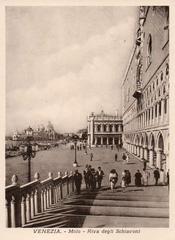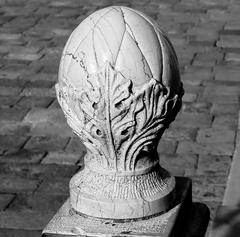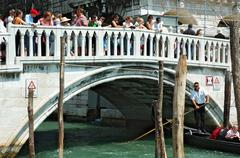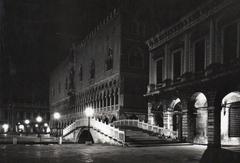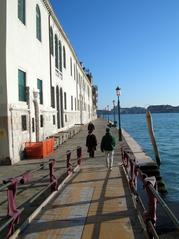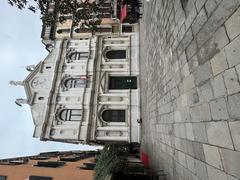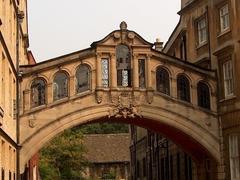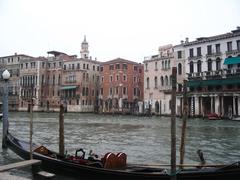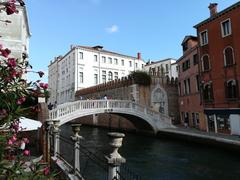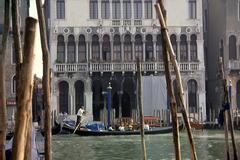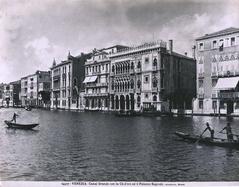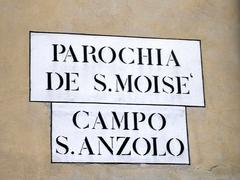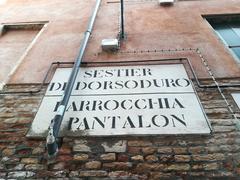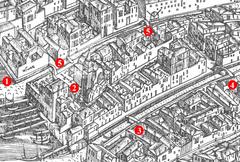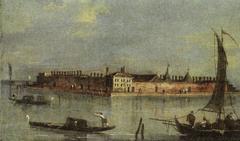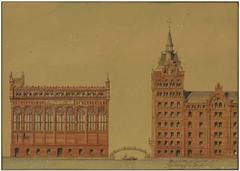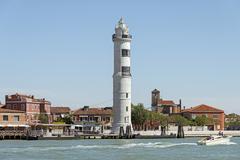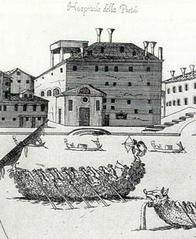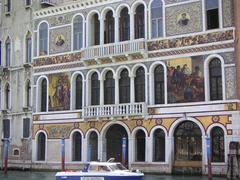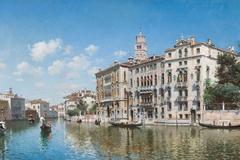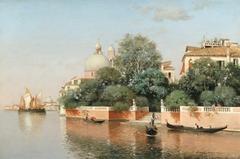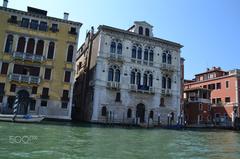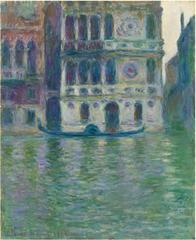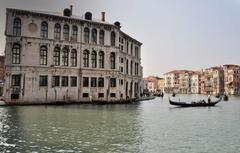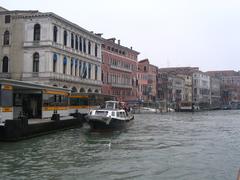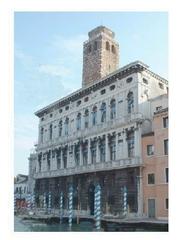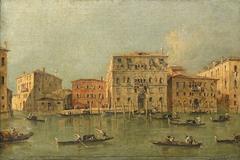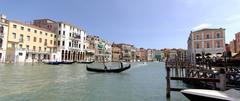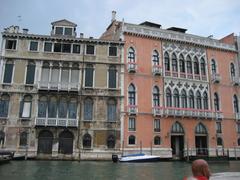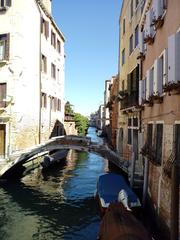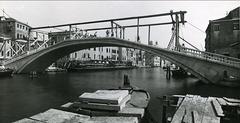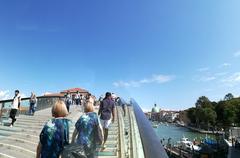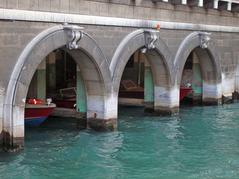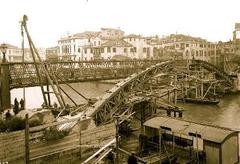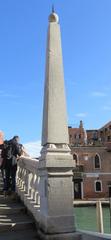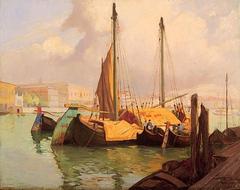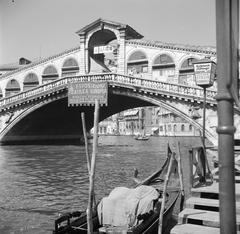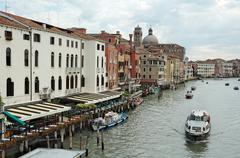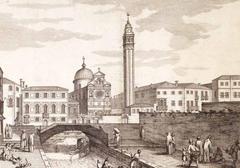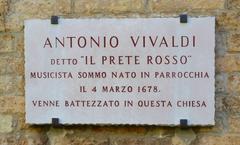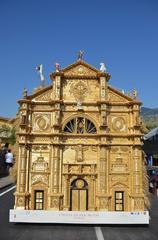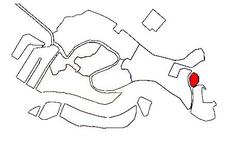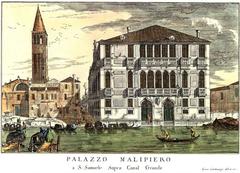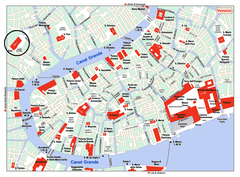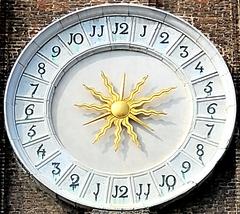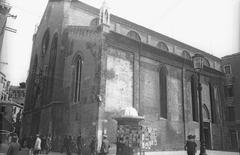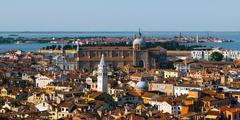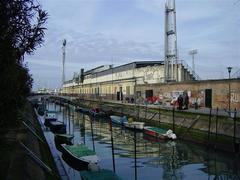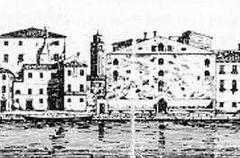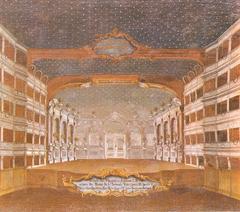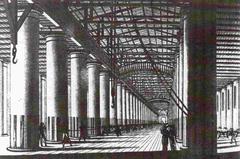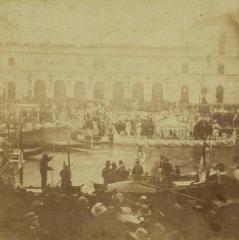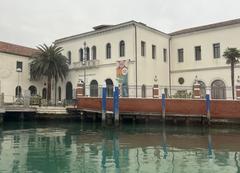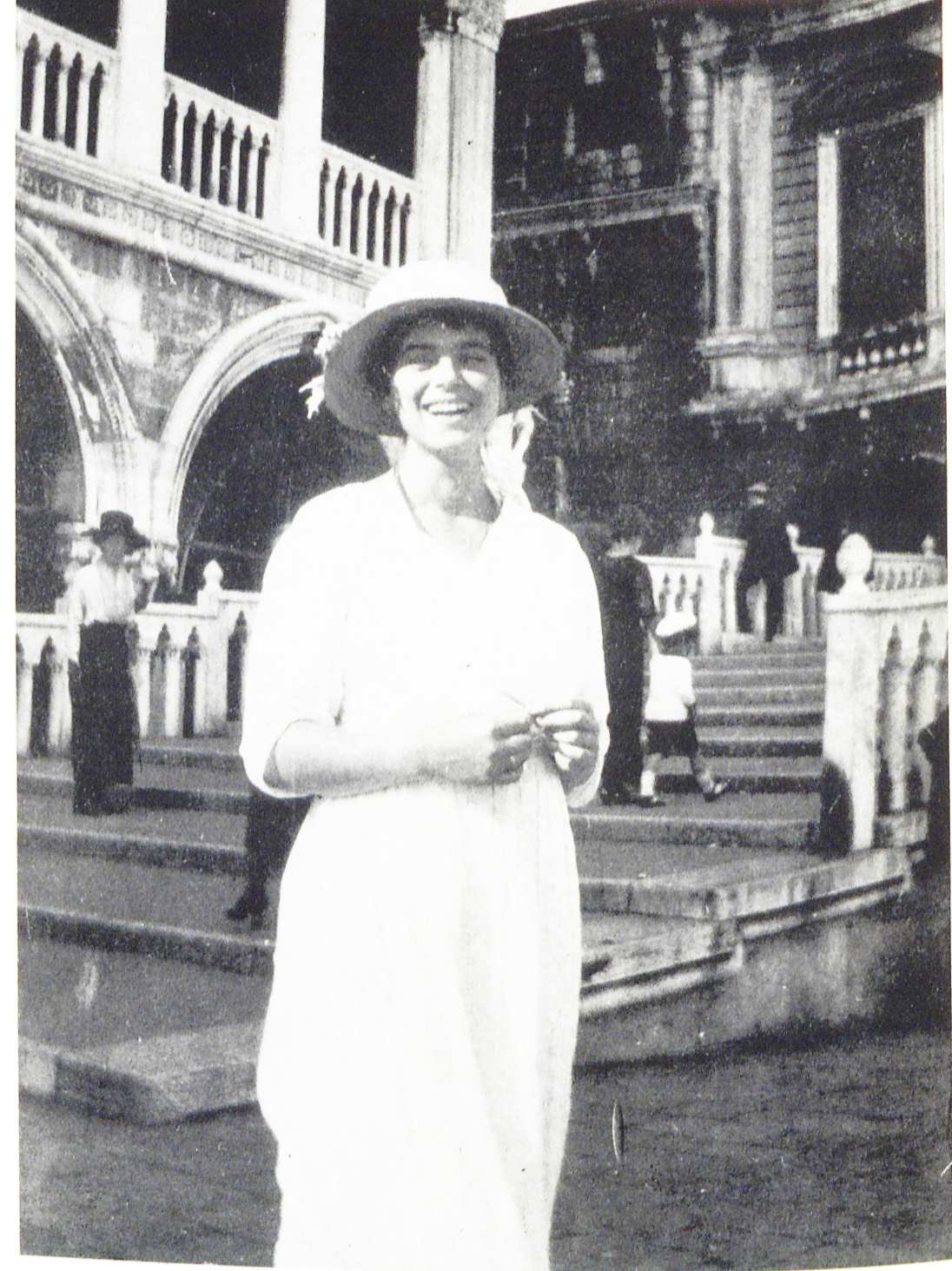
Visiting Ponte della Paglia: History, Tips, and Information
Publication Date: 24/07/2024
Introduction to Ponte della Paglia
Venice, a mesmerizing city renowned for its labyrinthine canals, historical landmarks, and architectural wonders, harbors many iconic structures, one of which is the Ponte della Paglia. This ancient bridge, colloquially known as the ‘Straw Bridge,’ offers visitors a unique vantage point for viewing the magnificent Bridge of Sighs, while simultaneously immersing them in centuries of Venetian history. Originally constructed in 1360, the Ponte della Paglia stands as a testament to Venice’s medieval engineering prowess and its enduring cultural relevance. The name ‘Ponte della Paglia’ is derived from the straw (paglia) that was historically unloaded from boats mooring nearby, which was used for various purposes, including supplying stables at the Doge’s Palace (Venice Travel Guide). Today, the bridge remains a pivotal location for tourists, offering unobstructed views of the Bridge of Sighs and serving as a historical landmark brimming with cultural significance (Wikipedia). Whether you are an avid historian, a photography enthusiast, or simply a curious traveler, this comprehensive guide will provide all the essential details to enhance your visit to the Ponte della Paglia, from historical insights to practical travel tips and nearby attractions.
Contents Overview
- Introduction
- History of Ponte della Paglia
- Origins and Early History
- Architectural Evolution
- Visitor Information
- Visiting Hours and Tickets
- Travel Tips
- Accessibility
- Strategic Location
- Nearby Attractions
- Cultural Significance
- In Popular Culture
- Modern-Day Relevance
- Preservation Efforts
- Visitor Experience
- FAQ
- Conclusion
History of Ponte della Paglia
Origins and Early History
The Ponte della Paglia, or “Straw Bridge,” is one of Venice’s most historically significant bridges. The original structure was built in 1360, making it the oldest stone bridge in Venice at that time (Wikipedia). The name “Ponte della Paglia” is derived from the straw (paglia) that was offloaded from boats mooring nearby. This straw was primarily used to supply the horses in the stables of the Doge’s Palace (Venice Travel Guide).
Architectural Evolution
The current structure of the Ponte della Paglia dates back to 1847. The bridge was reconstructed to replace the original stone bridge, which had deteriorated over the centuries. The new design maintained the traditional stone construction, preserving the historical aesthetic while ensuring structural integrity (Sygic Travel).
Visitor Information
Visiting Hours and Tickets
The Ponte della Paglia is accessible to the public 24/7, and there are no tickets required to visit the bridge itself. However, visiting nearby attractions such as the Doge’s Palace or the Bridge of Sighs may require tickets, which can be purchased online or at the site.
Travel Tips
To avoid the crowds, consider visiting early in the morning or late in the evening. The bridge is a popular spot for tourists, especially during peak travel seasons. Comfortable walking shoes are recommended, as the streets and bridges of Venice are best explored on foot.
Accessibility
While the Ponte della Paglia itself is accessible, the surrounding areas may pose some challenges for those with mobility issues due to the numerous steps and uneven surfaces typical of Venetian architecture.
Strategic Location
The Ponte della Paglia crosses the Rio di Palazzo, establishing the boundary between the districts of San Marco and Castello. This strategic location separates the Doge’s Palace from the New Prisons, which are connected by the famous Bridge of Sighs (Venice Travel Guide). The bridge connects the Piazzetta with the Riva degli Schiavoni, a popular promenade along the Venetian Lagoon.
Nearby Attractions
The Ponte della Paglia is conveniently located near several other significant landmarks, including:
- Doge’s Palace - A historic palace that was the residence of the Doge of Venice.
- Bridge of Sighs - A beautiful bridge that connects the Doge’s Palace to the New Prisons.
- St. Mark’s Basilica - One of the most famous churches in Venice, known for its stunning architecture and mosaics.
Cultural Significance
The Ponte della Paglia holds a unique place in Venetian culture and history. It is a common spot for tourists to view the Bridge of Sighs, making it one of the most photographed locations in Venice (Compass and Pine). The bridge’s name and its historical function of offloading straw highlight the everyday life and commerce of medieval Venice.
In Popular Culture
The Ponte della Paglia has also found its place in popular culture. It is the subject of a painting by Maurice Prendergast, which is part of the Phillips Collection (Wikipedia). Additionally, the bridge is mentioned in the memoirs of Casanova, where he recounts meeting a woman whose life he had saved (Wikipedia).
Modern-Day Relevance
Today, the Ponte della Paglia continues to be a vital part of Venice’s architectural and cultural landscape. It serves as a gathering place for both locals and tourists, offering a unique vantage point to admire the city’s beauty and historical significance (Discover Walks). The bridge’s enduring charm and historical importance make it a must-visit location for anyone exploring Venice.
Preservation Efforts
Given its historical significance, efforts have been made to preserve the Ponte della Paglia. The bridge has undergone various maintenance and restoration projects to ensure its longevity and structural integrity. These efforts are crucial in maintaining the bridge as a historical landmark and a functional part of Venice’s infrastructure (Venice Travel Guide).
Visitor Experience
For visitors, the Ponte della Paglia offers more than just a historical perspective. It provides an excellent view of the Bridge of Sighs, making it a popular spot for photography and sightseeing (Earth Trekkers). The bridge’s location near other significant landmarks, such as the Doge’s Palace and the Riva degli Schiavoni, makes it an integral part of any Venice itinerary.
FAQ
Q: What are the visiting hours for the Ponte della Paglia?
A: The Ponte della Paglia is accessible 24/7.
Q: Do I need tickets to visit the Ponte della Paglia?
A: No, the bridge itself is free to visit. However, nearby attractions like the Doge’s Palace may require tickets.
Q: What is the best time to visit the Ponte della Paglia?
A: Early morning or late evening is recommended to avoid crowds.
Q: Is the Ponte della Paglia wheelchair accessible?
A: The bridge is accessible, but the surrounding areas may be challenging due to steps and uneven surfaces.
Conclusion
The Ponte della Paglia stands as a testament to Venice’s rich history and architectural prowess. From its origins in the 14th century to its modern-day significance, the bridge encapsulates the essence of Venetian culture and history. Its strategic location, cultural relevance, and enduring charm make it a cornerstone of Venice’s historical and tourist landscape. Whether you are there to capture the perfect photograph, delve into Venetian history, or simply enjoy the breathtaking views, the Ponte della Paglia offers an unforgettable experience.
For more updates and travel tips, download the Audiala mobile app or follow us on social media.
Sources and Further Reading
- Wikipedia. (n.d.). Ponte della Paglia
- Venice Travel Guide. (n.d.). Ponte della Paglia, Venice
- Sygic Travel. (n.d.). Ponte della Paglia
- Compass and Pine. (n.d.). Famous Bridges of Venice
- Discover Walks. (n.d.). 10 Iconic Bridges of Venice
- Earth Trekkers. (n.d.). 2 Days in Venice Itinerary
- Travellers Worldwide. (n.d.). Best Time to Visit Venice
- Venice Travel Tips. (n.d.). 2 Days in Venice Itinerary
- Away with Meredith. (n.d.). 3 Days in Venice



